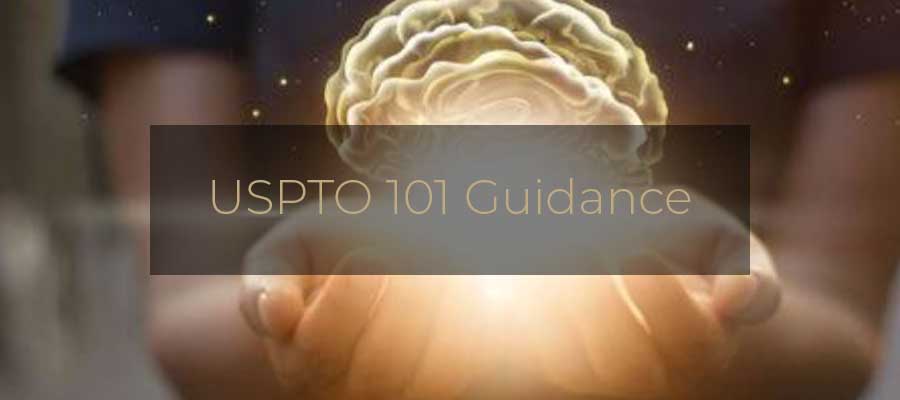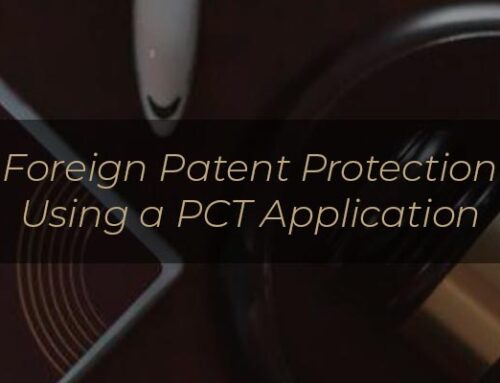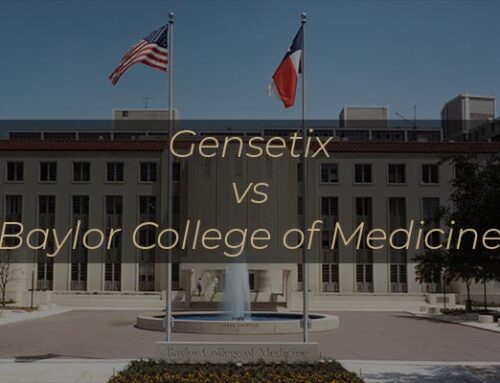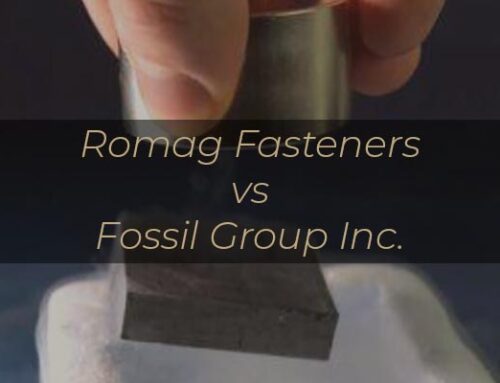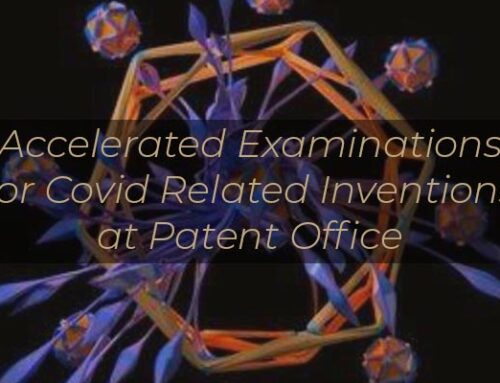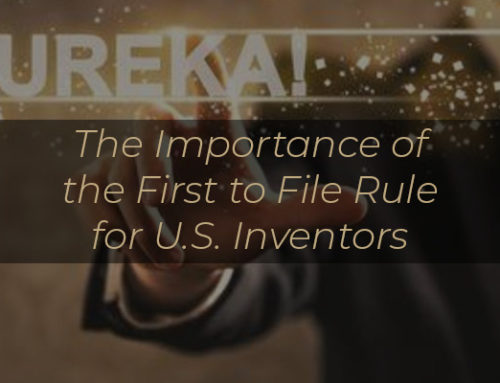The United States Patent and Trademark Office (USPTO) released revised guidance (Section 101 Revised Guidance) for use by USPTO personnel in evaluating subject matter eligibility under 35 U.S.C. § 101, effective January 7, 2019. The Guidance revises the procedures for determining whether a claim of a patent application or patent which is under review by the USPTO is directed to a judicial exception (laws of nature, natural phenomena, and abstract ideas) under the first step (Step 2A) of the Alice/Mayo test. The Guidance explains that a claim that recites a judicial exception is not “directed to” the judicial exception if the judicial exception is integrated into a practical application of the judicial exception. A claim that recites a judicial exception, but is not integrated into a practical application, is directed to the judicial exception under Step 2A and must then be evaluated under Step 2B (inventive concept) to determine the subject matter eligibility of the claim. The Guidance does not substantively change the current analysis under Steps 1 and 2B.
The previous analysis under Step 2A was replaced with a new two-pronged analysis. First, an Examiner must determine if a claim falls within three groupings of abstract ideas: mathematical concepts, certain methods of organizing human activity, and mental processes. If not, then the claim is likely directed to patentable subject matter. Second, the Examiner must determine whether an abstract idea “is integrated into a practical application of that exception.” An abstract idea is “integrated” into a practical application if the application “applies, relies on, or uses the judicial exception in a manner that imposes a meaningful limit on the judicial exception.”
The new Guidance should provide a more concise framework for analyzing claims under step 2A of Alice/Mayo. Instead of trying to apply the inconsistent caselaw, Examiners are directed to consider whether a claim represents a practical application of any abstract idea. As a result of the new Guidance, data indicates that a lower percentage of patent application claims are now being rejected by Examiners under Section 101. The Patent Trial and Appeal Board appears to have adopted the same framework for their review of claims on appeal.

